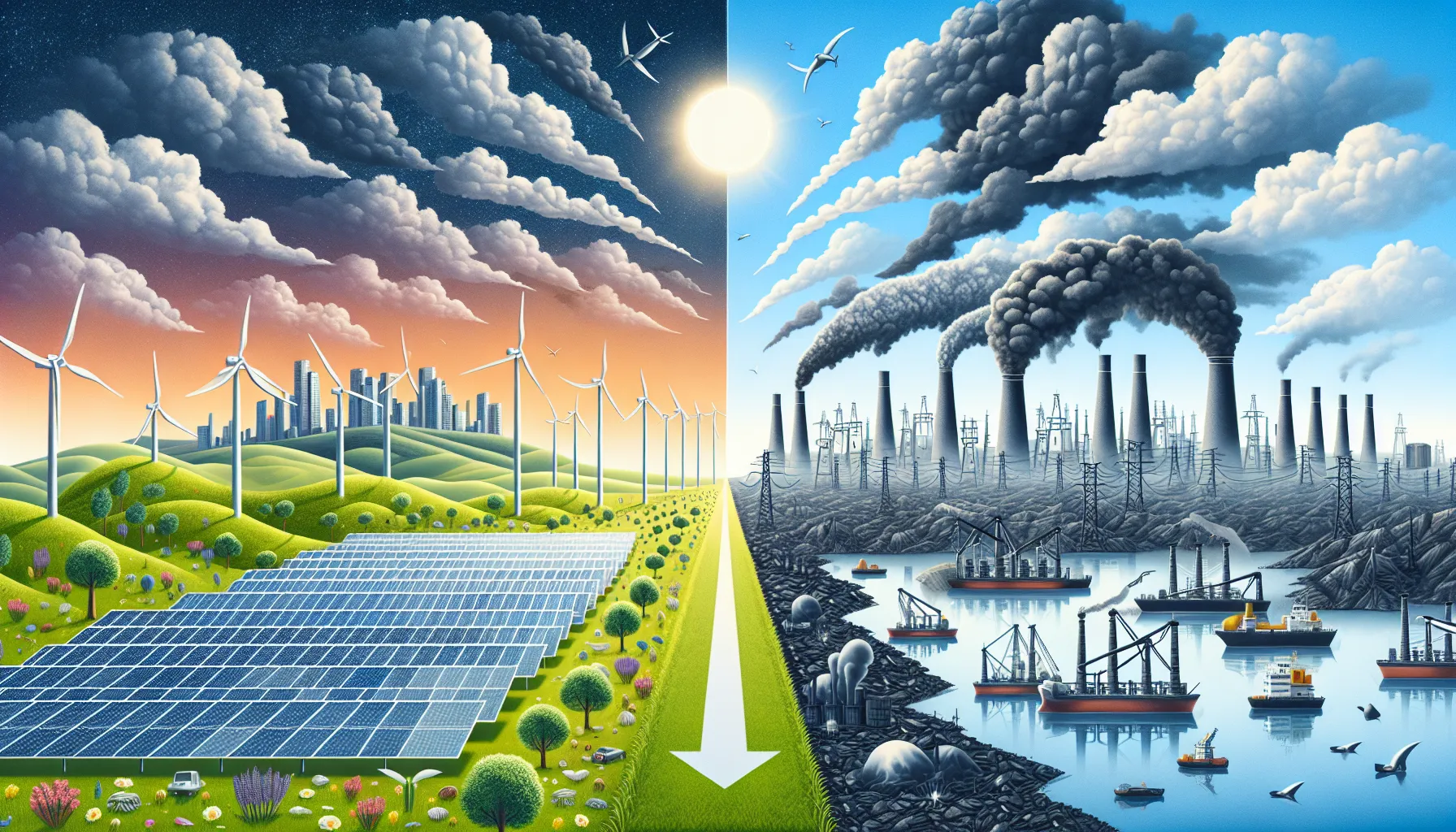Social media’s impact on consumer behavior has become a prevalent topic in IELTS Writing Task 2 essays. This theme reflects the growing influence of digital platforms on our purchasing decisions and brand interactions. Based on recent trends, it’s highly likely that questions related to social media and consumer behavior will continue to appear in future IELTS exams. Let’s explore this topic through sample essays and analysis.
Table Of Contents
Analyzing the Essay Question
Some people think that social media has had a negative impact on the way consumers make purchasing decisions. To what extent do you agree or disagree?
This question asks for your opinion on the influence of social media on consumer purchasing decisions. It’s crucial to:
- Clearly state your position
- Provide balanced arguments
- Support your points with relevant examples
- Conclude by reinforcing your stance
Sample Essay 1: Band 8-9 Response
Social media has undeniably revolutionized the way consumers make purchasing decisions, and while I acknowledge some negative aspects, I largely disagree that its impact has been predominantly detrimental. This essay will explore both the positive and negative influences of social media on consumer behavior, ultimately arguing that its benefits outweigh the drawbacks.
On the one hand, social media has empowered consumers with unprecedented access to information and peer reviews, enabling more informed decision-making. Platforms like Instagram and Facebook allow users to see real-life product experiences, unfiltered opinions, and authentic recommendations from friends and influencers. This wealth of information helps consumers make choices aligned with their needs and preferences, potentially reducing post-purchase dissatisfaction.
Moreover, social media has fostered a more competitive marketplace, benefiting consumers through better prices and improved product quality. Brands now strive to maintain positive online reputations, responding quickly to customer feedback and constantly innovating to stay relevant. This dynamic environment encourages businesses to be more customer-centric, ultimately enhancing the overall shopping experience.
 social media influencer marketing
social media influencer marketing
However, it would be remiss to ignore the potential negative impacts of social media on consumer behavior. The constant exposure to targeted advertisements and influencer marketing can lead to impulsive purchases and unrealistic expectations. Some consumers may feel pressured to buy products to maintain a certain image or keep up with social trends, potentially leading to financial strain or buyer’s remorse.
Additionally, the echo chamber effect of social media algorithms can limit exposure to diverse opinions, potentially skewing consumer perceptions. This may result in biased decision-making based on a narrow range of influences, rather than a comprehensive understanding of available options.
In conclusion, while social media does present some challenges in consumer decision-making, its overall impact has been largely positive. The unprecedented access to information, increased market competition, and enhanced customer-brand interactions far outweigh the potential negatives. As consumers become more digitally savvy, they are likely to develop better skills in navigating the social media landscape, further mitigating its drawbacks. The key lies in fostering digital literacy and critical thinking to harness the benefits of social media while minimizing its pitfalls in the consumer journey.
(Word count: 345)
Essay Analysis
This essay achieves a high band score (8-9) for several reasons:
-
Task Response: The essay directly addresses the question, presenting a clear position with a balanced view of both positive and negative aspects.
-
Coherence and Cohesion: The essay is well-structured with clear paragraphing and effective use of cohesive devices (e.g., “On the one hand”, “Moreover”, “However”).
-
Lexical Resource: The vocabulary is sophisticated and precise (e.g., “unprecedented”, “empowered”, “dissatisfaction”, “fostered”).
-
Grammatical Range and Accuracy: The essay demonstrates a wide range of complex structures used accurately (e.g., “while I acknowledge”, “This dynamic environment encourages businesses to be”).
-
Development of Ideas: Each point is well-developed with explanations and examples, showing depth of critical thinking.
Sample Essay 2: Band 6-7 Response
Social media has greatly changed how people shop these days. While some think it has had a bad effect on consumer choices, I believe it has both good and bad impacts. This essay will discuss both sides of this issue.
On the positive side, social media gives shoppers more information about products. People can easily read reviews from other customers and see photos of items being used in real life. This helps them make better choices about what to buy. For example, if someone wants to buy a new phone, they can check Instagram or YouTube to see honest opinions from real users.
Also, social media makes it easier for people to compare prices and find deals. Many brands share special offers on their social media pages, which can help consumers save money. This is good for people who want to get the best value for their money.
However, there are some negative effects too. Sometimes social media can make people buy things they don’t really need. Influencers and ads on platforms like Facebook can create a desire for products that aren’t necessary. This might lead to overspending and financial problems for some people.
Another problem is that social media can create unrealistic expectations. When people see perfect-looking products in carefully staged photos, they might be disappointed when the real thing doesn’t look as good. This can lead to unhappiness with purchases.
In conclusion, while social media has some downsides in how it affects shopping decisions, I think the benefits are more significant. It gives consumers more information and choices, which is generally a good thing. However, people should be aware of the potential negatives and use social media wisely when making purchasing decisions.
(Word count: 285)
Essay Analysis
This essay achieves a Band 6-7 score for the following reasons:
-
Task Response: The essay addresses the question and presents a clear position, though the argument could be more fully developed.
-
Coherence and Cohesion: The essay has a clear structure, but the use of cohesive devices is less sophisticated than in the Band 8-9 essay.
-
Lexical Resource: The vocabulary is appropriate but less varied and precise compared to the higher band essay.
-
Grammatical Range and Accuracy: The essay uses a mix of simple and complex sentences with generally good accuracy, but lacks the sophistication of the Band 8-9 essay.
-
Development of Ideas: Ideas are relevant and supported with examples, but could be explored in more depth.
Key Vocabulary to Remember
-
Consumer behavior (noun) – /kənˈsjuːmə bɪˈheɪvjə/ – The study of individuals, groups, or organizations and the processes they use to select, secure, use, and dispose of products, services, experiences, or ideas to satisfy needs.
-
Purchasing decision (noun phrase) – /ˈpɜːtʃəsɪŋ dɪˈsɪʒən/ – The process by which consumers identify their needs, collect information, evaluate alternatives, and make the choice to buy.
-
Influencer marketing (noun phrase) – /ˈɪnflʊənsə ˈmɑːkɪtɪŋ/ – A form of social media marketing involving endorsements and product placement from influencers.
-
Impulsive purchase (noun phrase) – /ɪmˈpʌlsɪv ˈpɜːtʃəs/ – An unplanned decision to buy a product or service, made just before a purchase.
-
Echo chamber (noun) – /ˈekəʊ ˈtʃeɪmbə/ – An environment where a person encounters only beliefs or opinions that coincide with their own, especially in social media.
-
Digital literacy (noun phrase) – /ˈdɪdʒɪtl ˈlɪtərəsi/ – The ability to find, evaluate, and communicate information on digital platforms.
-
Customer-centric (adjective) – /ˈkʌstəmə ˈsentrɪk/ – Focusing on creating a positive experience for the customer.
-
Targeted advertisement (noun phrase) – /ˈtɑːgɪtɪd ədˈvɜːtɪsmənt/ – Advertising based on consumer traits, interests, and preferences.
-
Brand interaction (noun phrase) – /brænd ˌɪntərˈækʃn/ – The various ways in which a customer engages with a brand.
-
Consumer empowerment (noun phrase) – /kənˈsjuːmər ɪmˈpaʊəmənt/ – The process of equipping consumers with the tools and knowledge to make informed decisions.
Conclusion
The impact of social media on consumer behavior is a rich topic for IELTS Writing Task 2 essays. It allows candidates to showcase their understanding of modern digital trends and their ability to analyze complex societal changes. When approaching this topic, remember to:
- Clearly state your position
- Provide balanced arguments
- Use specific examples to support your points
- Demonstrate a range of vocabulary related to social media and consumer behavior
To further prepare, consider practicing with these potential future essay questions:
- How has social media changed the relationship between brands and consumers?
- Do you think social media influencers have too much power in shaping consumer trends?
- Should there be more regulations on how products are advertised on social media platforms?
Remember, the key to success in IELTS Writing Task 2 is practice. Try writing your own essay on this topic and share it in the comments section below. This active practice will help you refine your writing skills and prepare you for success in your IELTS exam.
For more insights on related topics, check out our articles on how social media is changing global marketing strategies and the impact of social media on consumer trends.



